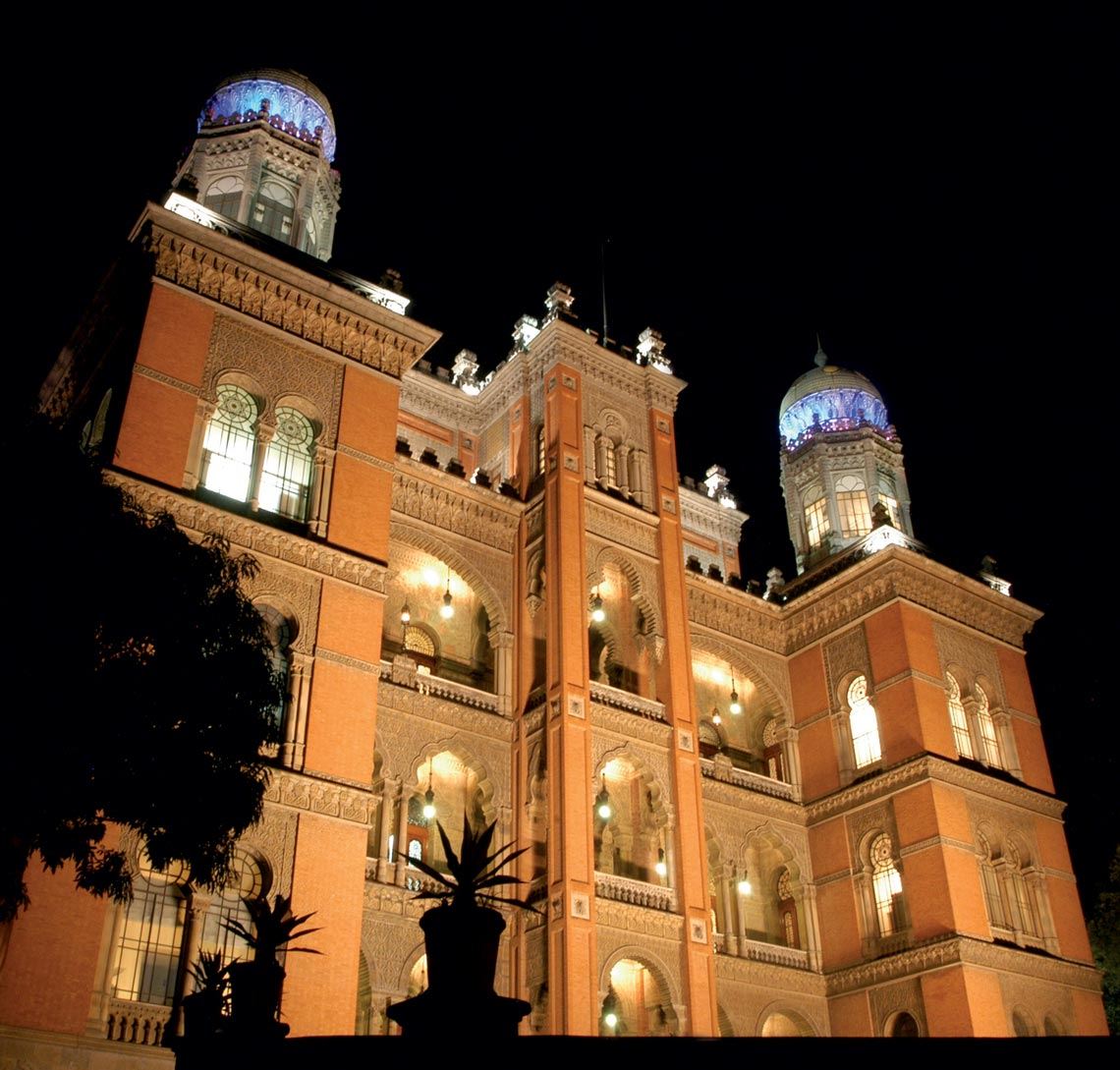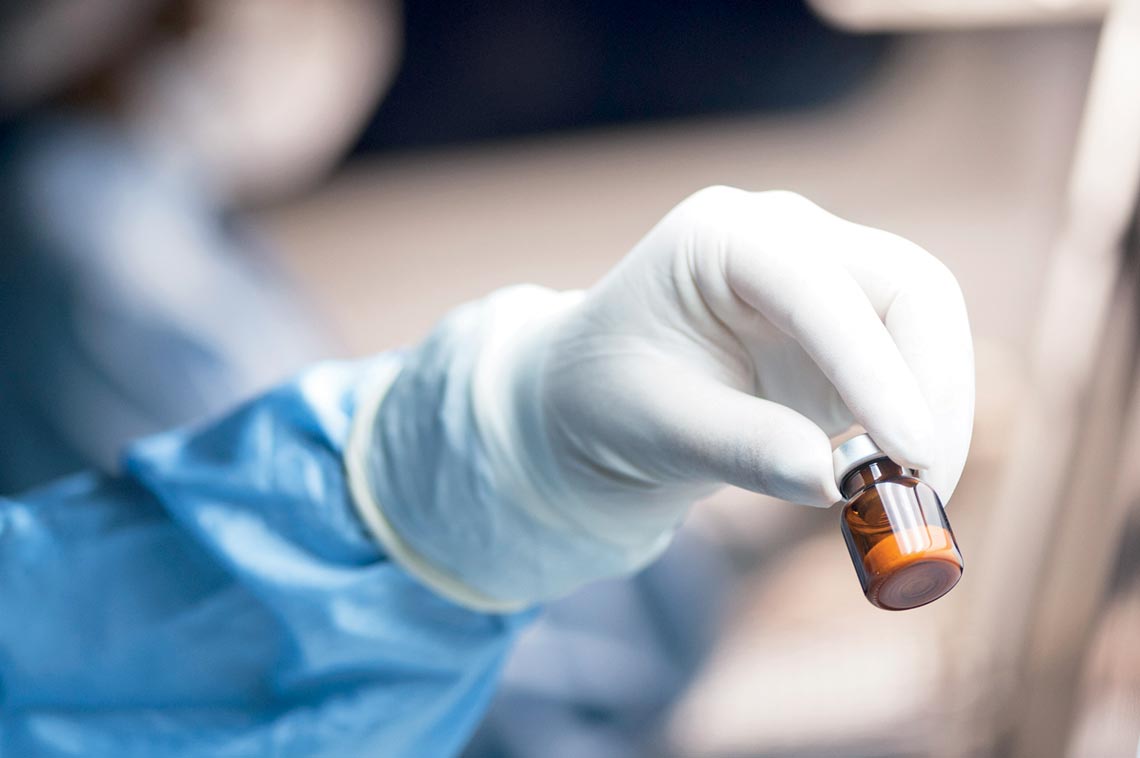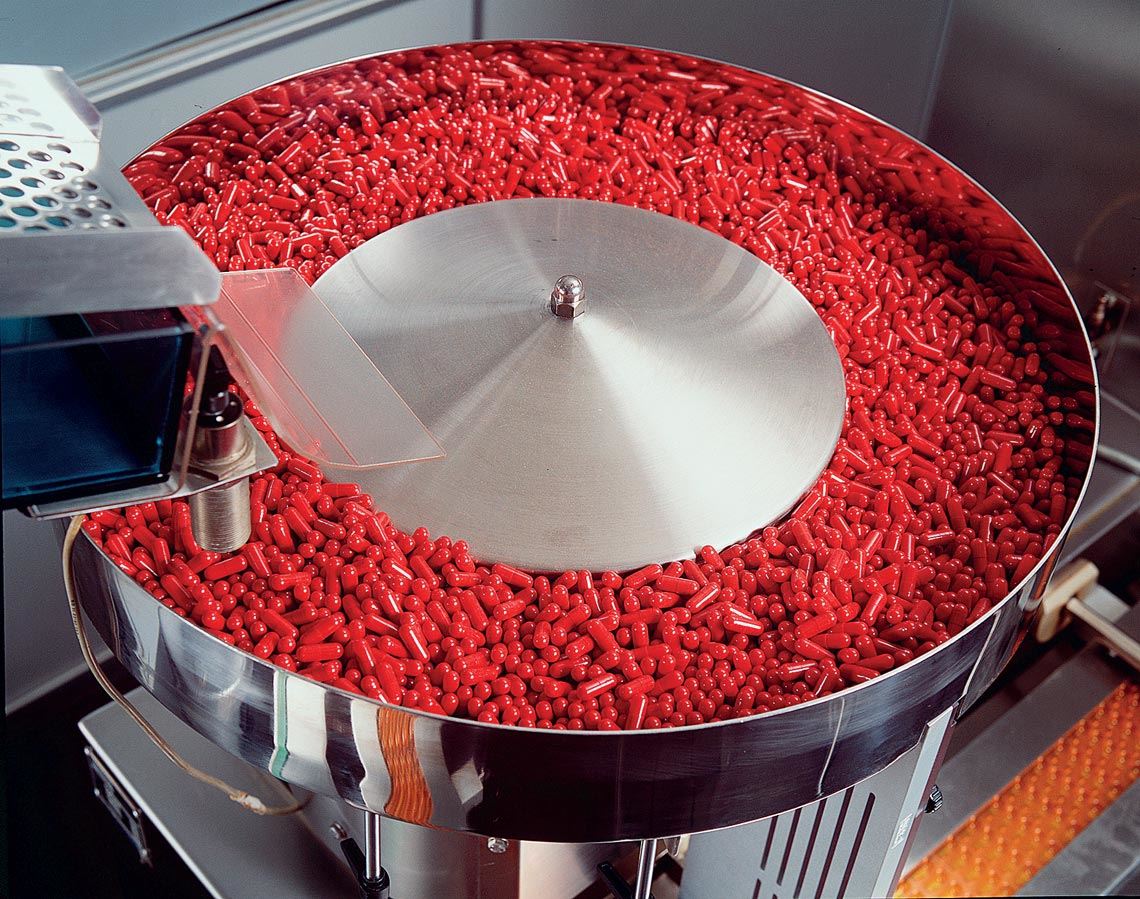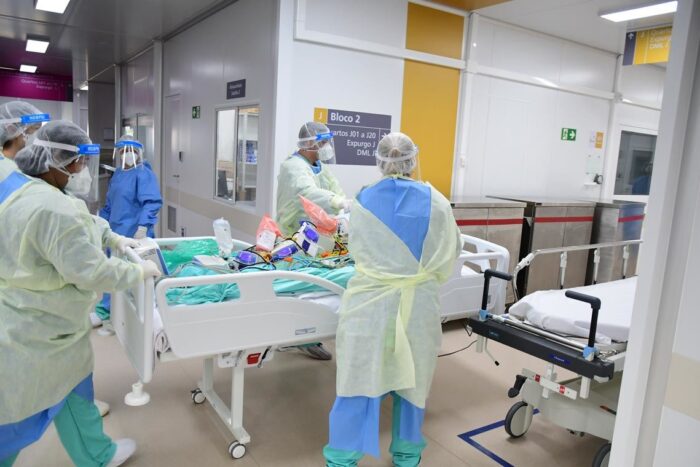One of the largest vaccine-producing centers in Latin America, the Oswaldo Cruz Foundation (FIOCRUZ), is celebrating its 120th anniversary in the spotlight. Amid a seemingly endless pandemic, the institution was quick to respond to the new health care crisis, much as it has done in the past whenever necessary. “We had been preparing for the arrival of the virus in Brazil since January,” says sociologist Nísia Trindade Lima, president of FIOCRUZ. All FIOCRUZ units sprang into action to fight the pandemic, including the two hospitals in Rio de Janeiro, the Fernandes Figueira Institute (IFF), and the Evandro Chagas National Infectious Diseases Institute (INI). In the latter, a hospital center dedicated to COVID-19 was built. INI also leads the Solidarity Trial in Brazil—a World Health Organization (WHO) initiative to accelerate results on the best therapies. “FIOCRUZ has played a central historical role in addressing epidemics in Brazil. This experience is now being fully used against the novel coronavirus,” says Lima.
In September, through its Immunobiological Technology Institute (Bio-Manguinhos), FIOCRUZ and the Anglo-Swedish biopharmaceutical company AstraZeneca signed a technological order agreement, which will ensure Brazil’s self-sufficiency in producing the vaccine candidate known as AZD 122, which is under development by the University of Oxford, UK. Bio-Manguinhos is set to start producing it in January 2021; 210 to 265 million doses are expected to be made throughout the year. Due to the severity of the pandemic, the normal process for the approval and planning to produce possible immunizing agents against the new coronavirus were accelerated around the world in parallel with phase 3 trials, some of which are still in progress. At the same time, FIOCRUZ research units are focusing on national projects for vaccines, therapies, and tests for rapid diagnosis of the disease.
Public health crises are an integral part of the foundation’s history, originally established as the Federal Soroterapic Institute in 1900 for combating the bubonic plague. São Paulo physician Oswaldo Cruz (1872–1917), technical director of the Soroterapic Institute, perfected and quickly began to manufacture a vaccine for the bubonic plague, developed by the French at the time—and envisioned, in Manguinhos, an institution akin to the Pasteur Institute in France, where he had studied from 1897 to 1899 (see page 58).
Today, Bio-Manguinhos annually supplies seven of the 17 vaccines included in the national vaccination calendar: yellow fever, 10-valent pneumococcal conjugate (PCV10), inactivated polio (IPV), oral polio (OPV), rotavirus (RV), measles, mumps, and rubella (MMR), and measles, mumps, rubella, and varicella/chickenpox (MMRV). Some years, it also provides the Haemophilus influenzae b (Hib) vaccine. “In 2019, around 109 million doses were supplied to the National Immunization Program,” shares administrator Maurício Zuma, director of Bio-Manguinhos. The institute also exports the yellow fever vaccine to 75 endemic countries. In addition to vaccines, FIOCRUZ also produces reagents (diagnostic kits) and biopharmaceuticals in its immunobiological production unit, and about 30 different types of medications in the Institute of Drug Technology (Farmanguinhos). In 2020 FIOCRUZ had a budget of R$4.4 billion. However, there was an extra R$3.1 billion available through provisional measures to combat the pandemic. And, outside the Treasury budget, it received R$470 million from donations.
In addition to production, FIOCRUZ focuses on research, teaching, assistance, dissemination, and preservation of scientific and historical heritage. The foundation is now in 11 states through 16 technoscientific units, as well as five offices. In 2017, it established the Translational Medicine Platform—a partnership with the University of São Paulo School of Medicine in Ribeirão Preto (FMRP-USP). It also has a branch in Mozambique, established with the goal to monitor and assess the FIOCRUZ health care partnerships with African countries (see report on page 63).
While preparing to manufacture the COVID-19 vaccine through an international partnership, Bio-Manguinhos is working on two national alternatives. One of them is a vaccine that uses antigen fragments (particles or molecules that stimulate the production of antibodies), which provoke the best immune response; the other is based on synthetic peptides (protein fragments) from parts of coronavirus proteins, which induce antibody production. Both are in the pre-trial stage, informs biologist Sotiris Missailidis, deputy director of Technological Development at Bio-Manguinhos.
The René Rachou Institute, a branch of the foundation in Minas Gerais (FIOCRUZ Minas), is developing its own project alongside the FIOCRUZ branch at FMRP-USP: using the influenza virus to produce a recombinant vaccine, obtained through genetic engineering. “We are modifying an influenza virus, H1N1, to express the spike protein of the coronavirus, targeted by the immune system antibodies,” summarizes biochemist Ricardo Gazzinelli, coordinator of the National Institute of Science and Technology in Vaccines (INCTV) and head of the project. The result could be a bivalent vaccine—currently being tested on mice—that can protect against both diseases. Alongside this project, there are three other vaccine studies underway coordinated by Gazzinelli—against Chagas disease, leishmaniasis, and malaria.
At the Gonçalo Moniz Institute (FIOCRUZ Bahia), the main attraction is the research on stem cells, used in cell therapy for degenerative and traumatic diseases. The studies started in 2002, with physician Ricardo Ribeiro dos Santos and immunologist Milena Soares—now head of the Laboratory of Tissue Engineering and Immunopharmacology (LETI). One of the lines of research investigates the pathogenesis mechanism of the Zika virus using pluripotent stem cells, with the goal of discovering new treatments. Another, more recent research line, investigates the application of cell therapy as an alternative treatment for lung disease caused by the inflammatory process of severe COVID-19 cases.
Sharing knowledge for the benefit of public health has been a mission of the institution since Oswaldo Cruz’s time. The doctor and researcher was passionate about making the smallpox vaccine mandatory—which resulted in a strong public response known as the Vaccine Revolt, in 1904. At that time, the scientist wrote informative leaflets and educational articles in the press, titled “Advice to the People,” for his campaigns against yellow fever, smallpox, and bubonic plague.
According to historian Jaime Larry Benchimol, a researcher at the Oswaldo Cruz House (COC)—a FIOCRUZ branch dedicated to the history of the institution—research, teaching, and production were “the three cornerstones” of the institution since its inception. Its goal was to produce knowledge, rather than just absorbing it from Europe. “The internship opportunities at the institute attracted physicians interested in research, and microbiology, and specializations focused on tropical medicine, such as entomology, parasitology, and medical zoology, which had not yet been included in the curricula of medical schools,” he shares.
“Not by chance, FIOCRUZ is currently the main non-university training institution for the SUS [Brazil’s Unified Health System],” explains physician Cristiani Vieira Machado, vice president of Education, Information, and Communication. The Sérgio Arouca National School of Public Health (ENSP), also part of the foundation, offers master’s and PhD programs, as well as specialization and professional qualification courses (refresher courses, advanced training, and continuing education), both in person and remotely. But it is not the only branch of the institution dedicated to teaching. “All 16 units have educational activities, even those focused on production, such as Farmanguinhos and Bio-Manguinhos,” highlights the vice president.
One of the educational branches focuses on scientific dissemination, carried out through initiatives such as the master’s Program in Dissemination of Science, Technology, and Health, offered by the COC, and the production of magazines and books, many of which are available at no cost through the SciELO electronic library and through Arca, the institutional repository of FIOCRUZ. As soon as the COVID-19 pandemic began, new content and information channels were launched, such as the COVID-19 Observatory. “The Observatory was designed as a platform to gather material from researchers from all branches and then generate informative material such as newsletters, technical memos, reports, debate circuits, etc.,” describes general coordinator, Carlos Machado, who also acts as coordinator of the Center for Research and Studies on Disasters (CEPEDES/FIOCRUZ).
Last April, the Respiratory Virus and Measles Laboratory of the Oswaldo Cruz Institute (IOC-FIOCRUZ) was recognized by the World Health Organization to be a benchmark laboratory for coronavirus in the Americas. “Only two other institutions have this WHO seal: The Center for Disease Control and Prevention, in the United States, and the Institute of Epidemiological Diagnosis and Reference, in Mexico,” says Nísia Lima.




